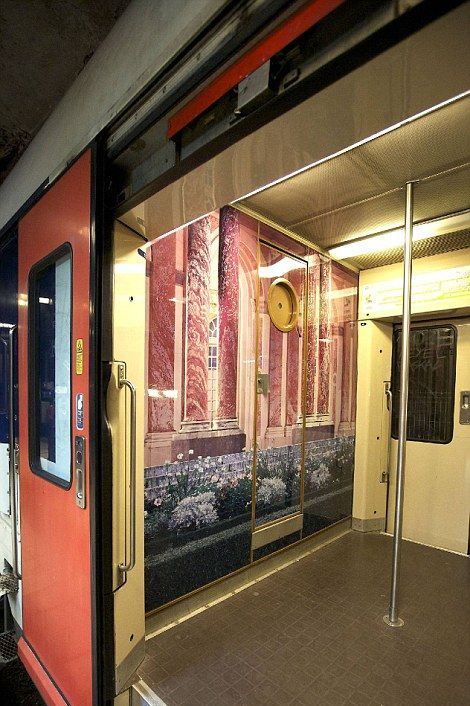|
|
Interior Of Paris - Versailles Train
|
• Louis XV and Louis XVI
When the court of King Louis XV returned to Versailles in 1722, the city had 24,000 inhabitants. With the reign of Louis XV, Versailles grew even further. Versailles was the capital of the most powerful kingdom in Europe, and the whole of Europe admired its new architecture and design trends. Soon enough, the strict building rules decided under Louis XIV were not respected anymore, real estate speculation flourished, and the lots that had been given for free under Louis XIV were now on the market for hefty prices. By 1744, the population reached 37,000 inhabitants. The cityscape changed considerably under kings Louis XV and Louis XVI. Buildings were now taller. King Louis XV built a Ministry of War, a Ministry of Foreign Affairs (where the Treaty of Paris (1783) ending the American Revolutionary War was signed in 1783 with the United Kingdom), and a Ministry of the Navy. By 1789, the population had reached 60,000 inhabitants, and Versailles was now the seventh or eighth-largest city of France, and one of the largest cities of Europe.
• French Revolution
Seat of the political power, Versailles naturally became the cradle of the French Revolution. The Estates-General met in Versailles on 5 May 1789. The members of the Third Estate took the Tennis Court Oath on 20 June 1789, and the National Constituent Assembly abolished feudalism on 4 August 1789. Eventually, on 5 and 6 October 1789, a crowd of women joined by some members of the national guard from Paris invaded the castle to protest bread prices and forced the royal family to move to Paris. The National Constituent Assembly followed the king to Paris soon afterwards, and Versailles lost its role of capital city.
|
|









